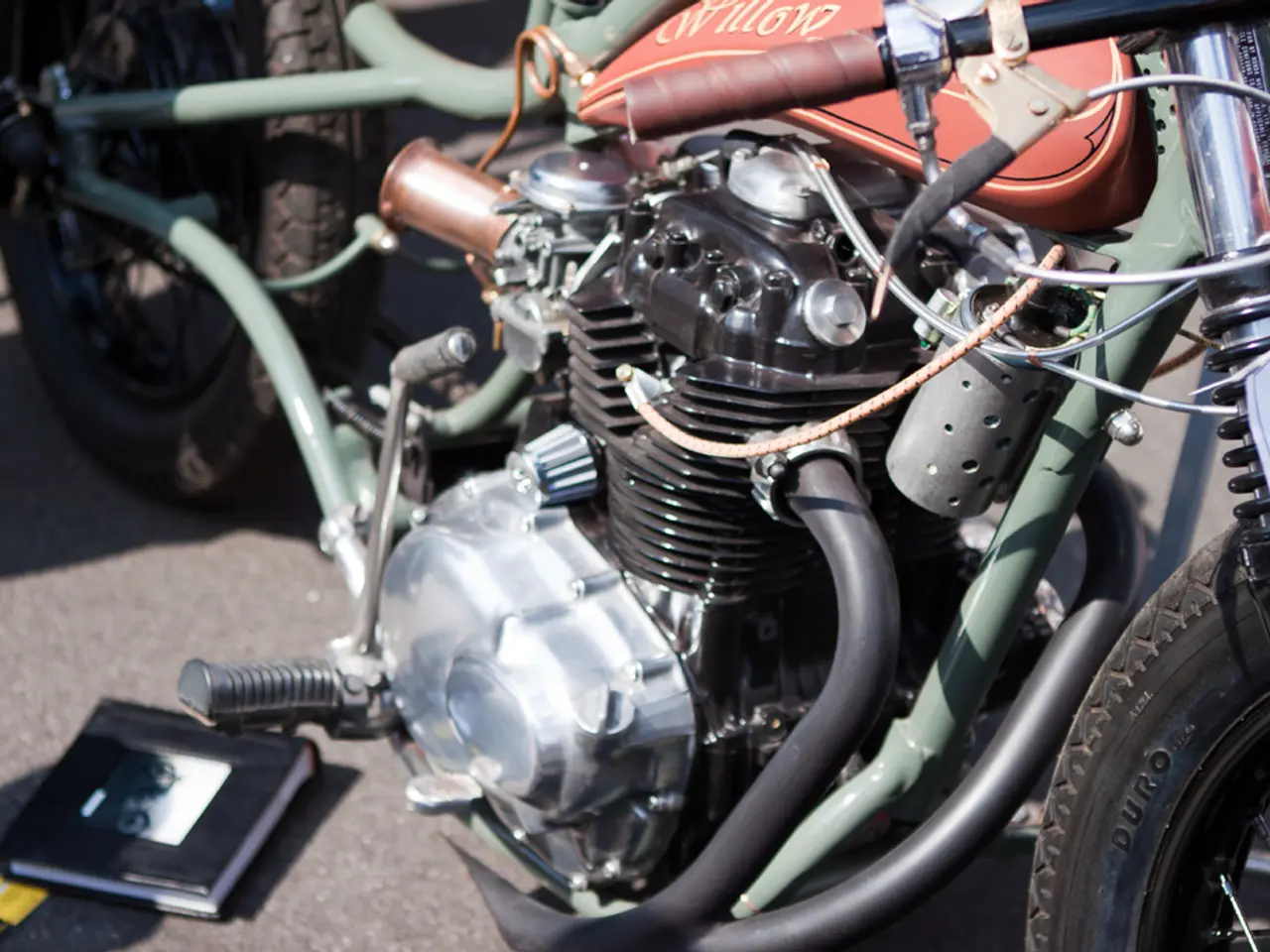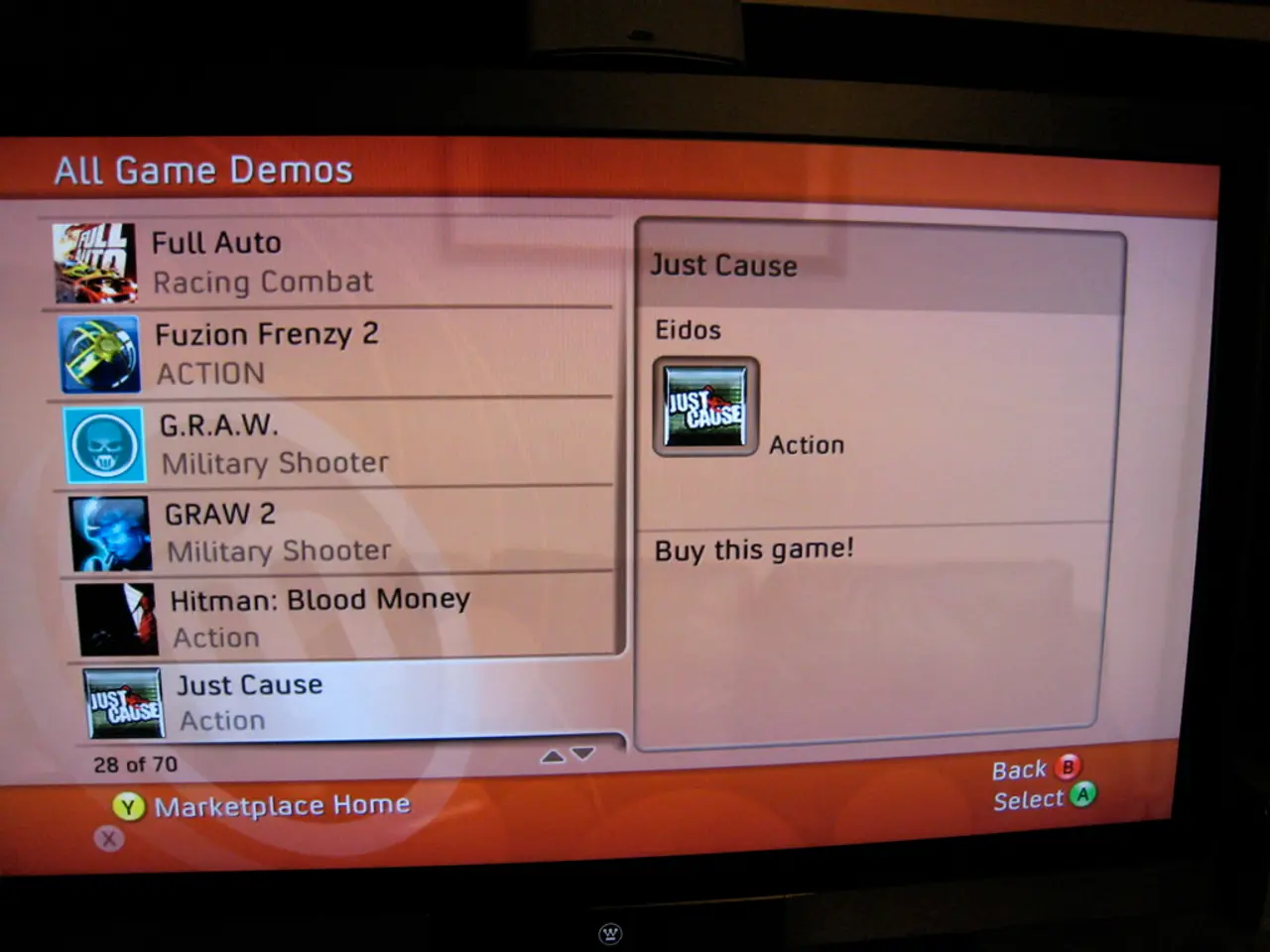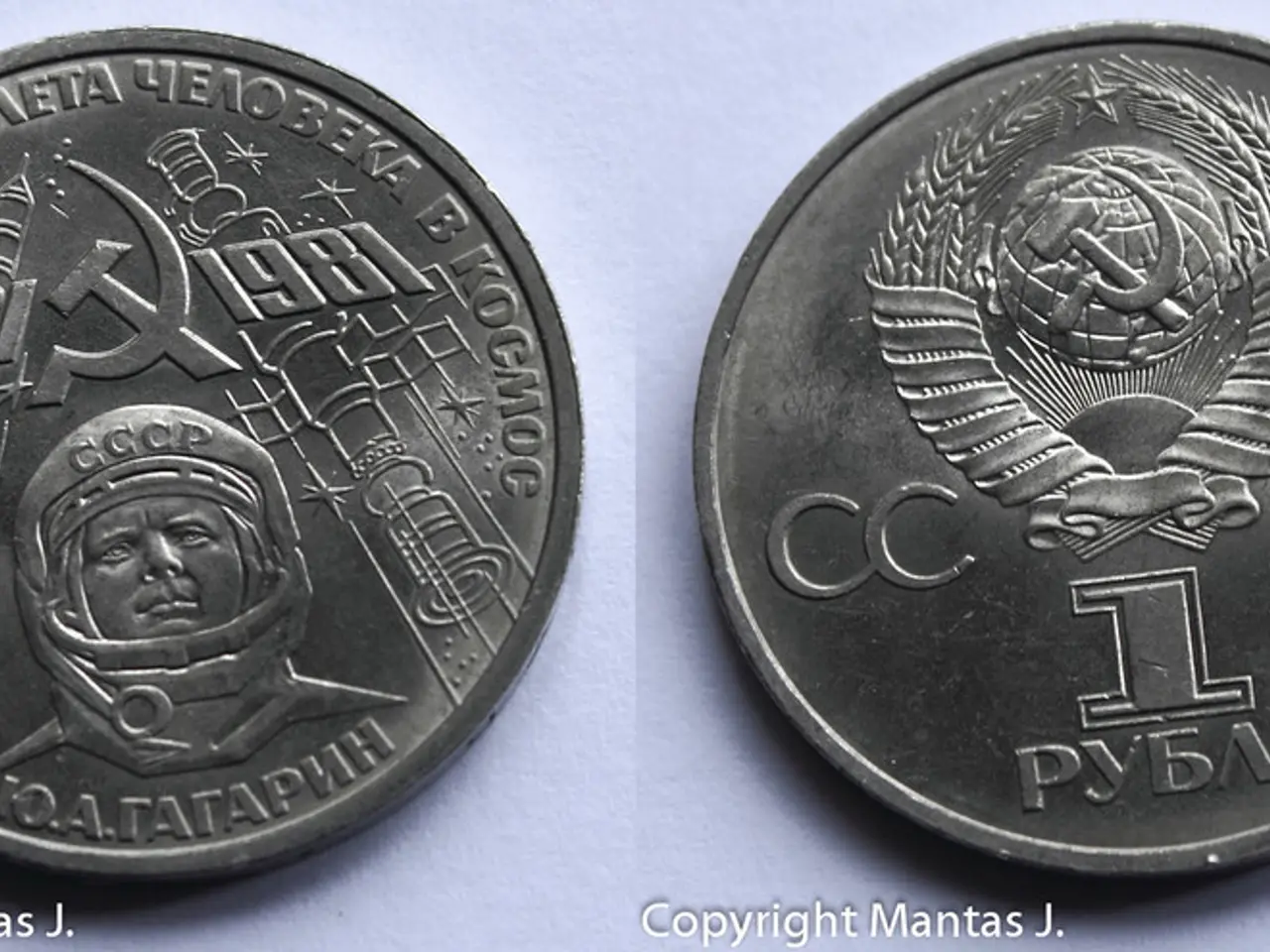Electronic bike enthusiasts brace for shift in market dynamics
In the rapidly evolving landscape of Vietnam's motorbike industry, major players are adjusting their strategies to capitalize on government-driven electrification policies and market shifts. This shift is aimed at addressing challenges such as high upfront costs and insufficient charging infrastructure.
Leading the charge is domestic brand VinFast, which dominates the Vietnamese electric motorbike market. The company offers aggressive sales incentives, including registration fee waivers and additional discounts, especially for Hanoi residents, as the capital prepares to ban internal combustion engine (ICE) motorbikes by July 2026.
To alleviate range anxiety and charging challenges, VinFast is investing substantially in nationwide charging infrastructure, establishing an extensive network. Furthermore, the company offers trade-in programs, allowing customers to swap gasoline motorcycles for electric ones, making the upfront cost more manageable for consumers.
Honda and Yamaha, international giants in the industry, are also adapting to the changing landscape, albeit cautiously. Honda released its first Vietnamese electric motorbike model, the ICON e:, aiming to gain a foothold with the approaching regulatory restrictions. However, the company has expressed concerns about the rapid transition and the current lack of sufficient technical standards, charging infrastructure, and fire safety regulations, requesting deadline extensions.
Yamaha and other manufacturers are less public with clear strategies but are actively discussing green transition plans among industry groups, indicating forthcoming moves to adapt.
Government and city-level actions are also playing a significant role in mitigating cost and infrastructure challenges. Hanoi plans to subsidize the replacement of approximately 450,000 petrol motorbikes with EVs, with investments in public charging infrastructure in preparation for the July 2026 fossil fuel motorbike ban. Ho Chi Minh City collaborates with ride-hailing and delivery services to electrify fleets, stimulating demand for electric options.
While electric cars enjoy some government incentives, similar subsidies for electric motorbikes are under consideration or in development, particularly at the city level. This is aimed at reducing the barrier of high initial costs.
Public interest in electric motorbikes is rising sharply, spurring manufacturers to offer trade-in schemes, discounts, and promotions to accelerate adoption. Consumer trust and perceptions appear to favor VinFast due to service ecosystem and safety assurances, while Chinese manufacturers also play a role, and international players are expected to increase investments as the market evolves.
In summary, the strategies of major motorbike manufacturers in Vietnam for electric motorbikes involve promoting affordable purchase schemes, investing in supporting infrastructure (mainly by VinFast), engaging in negotiations for regulatory extensions (Honda), and leveraging government policies and subsidies to ease the transition from gasoline to electric. Challenges like high upfront costs are mitigated via subsidies and trade-in programs, while incomplete charging infrastructure is addressed through investment and planned expansion of public charging networks.
- As the demand for electric motorbikes rises, technology companies could potentially collaborate with motorbike manufacturers to develop advanced charging solutions, ensuring a seamless experience for users and addressing range anxiety.
- In the realm of sports, innovative technology could be employed to track and analyze the performance of electric motorbikes in competitive races, offering insights that could further improve the efficiency and appeal of these environmentally friendly vehicles.



